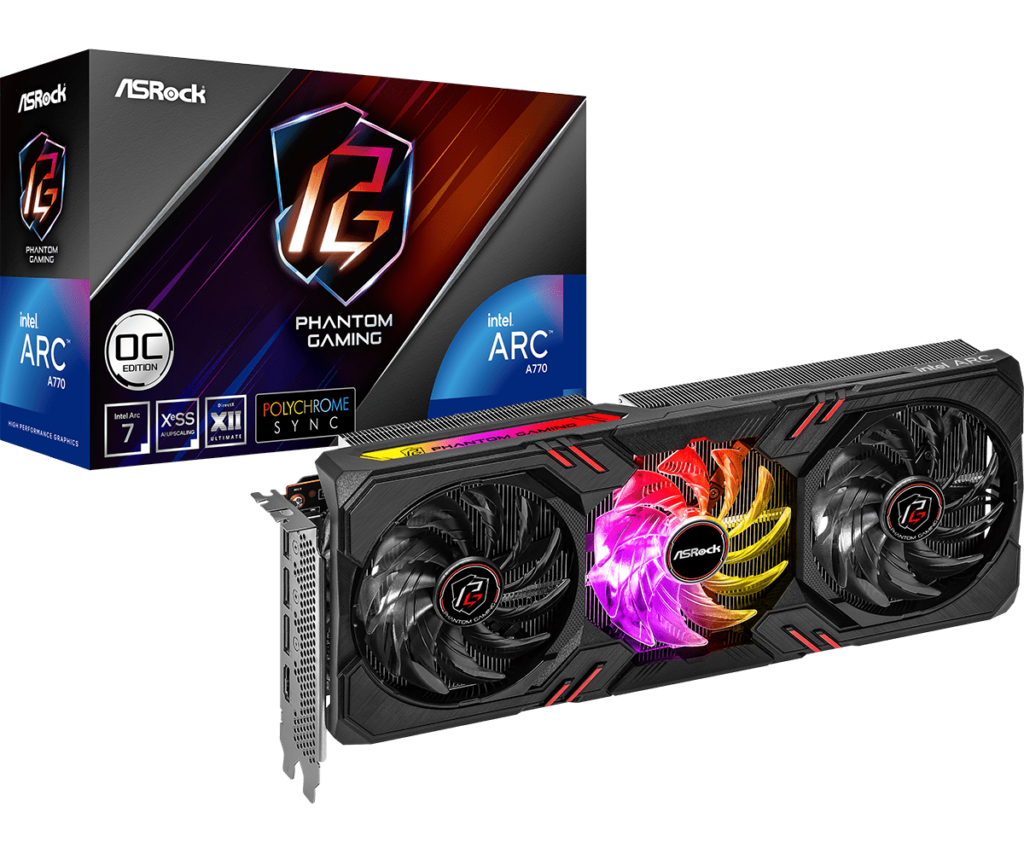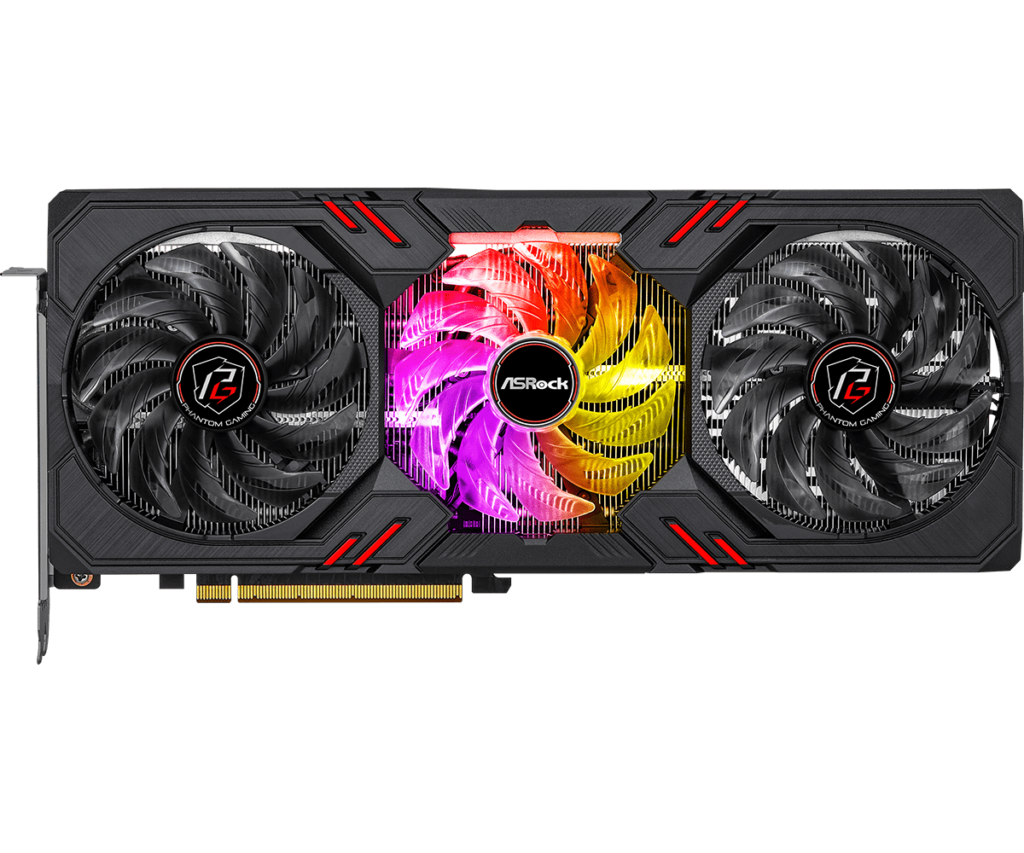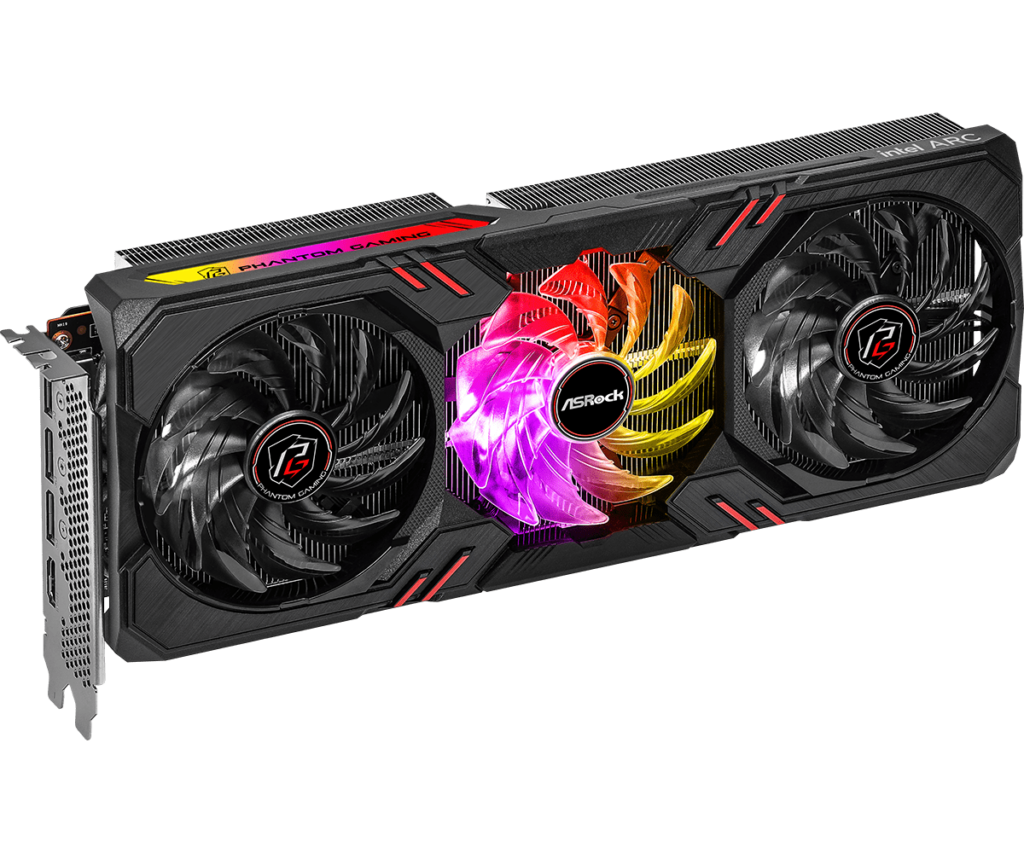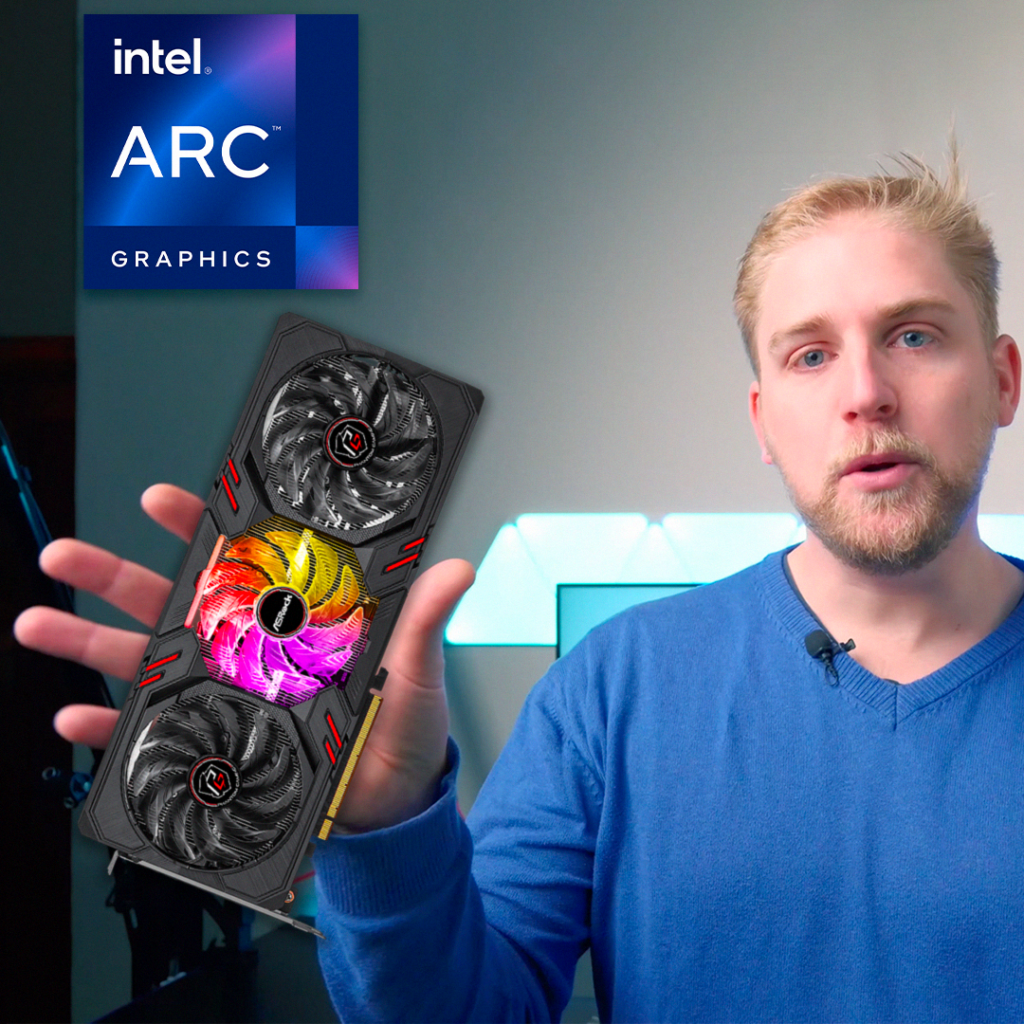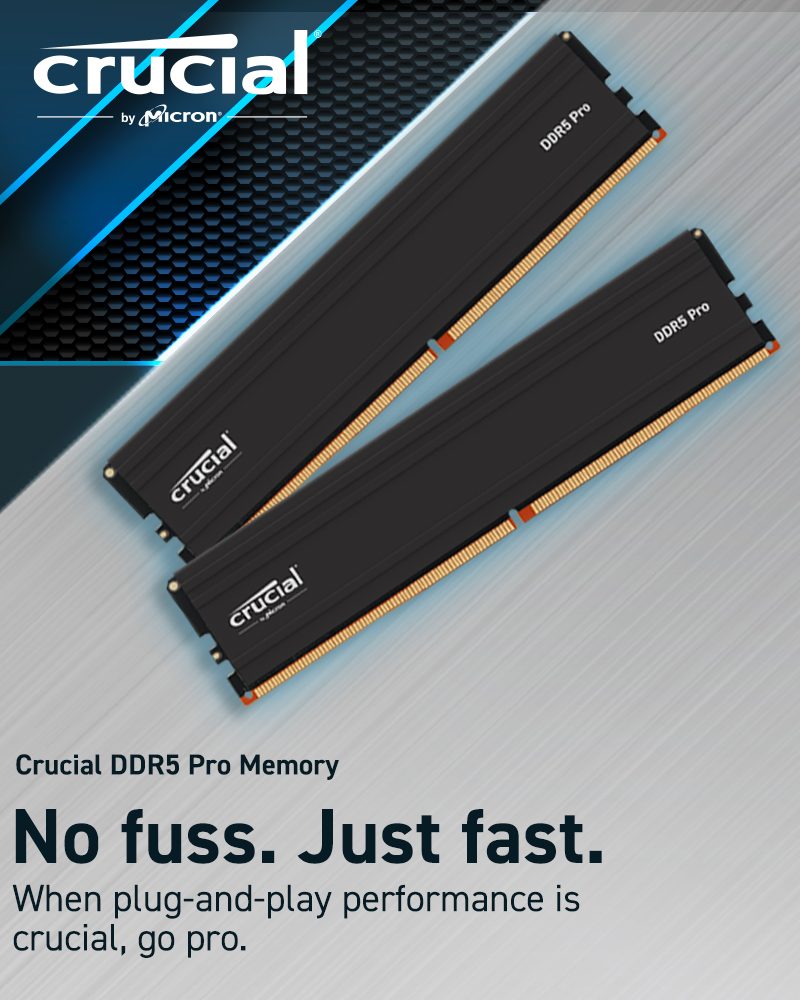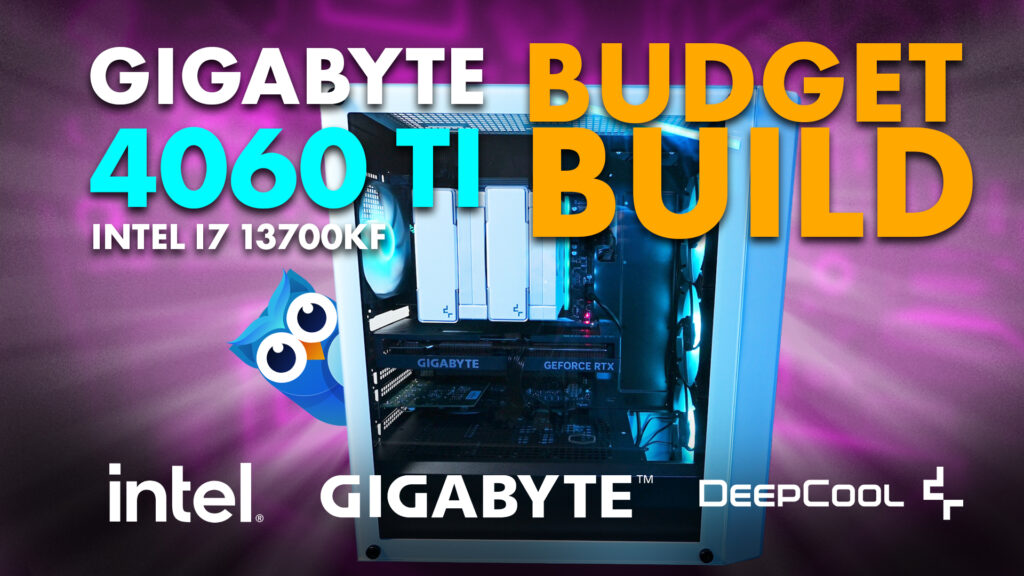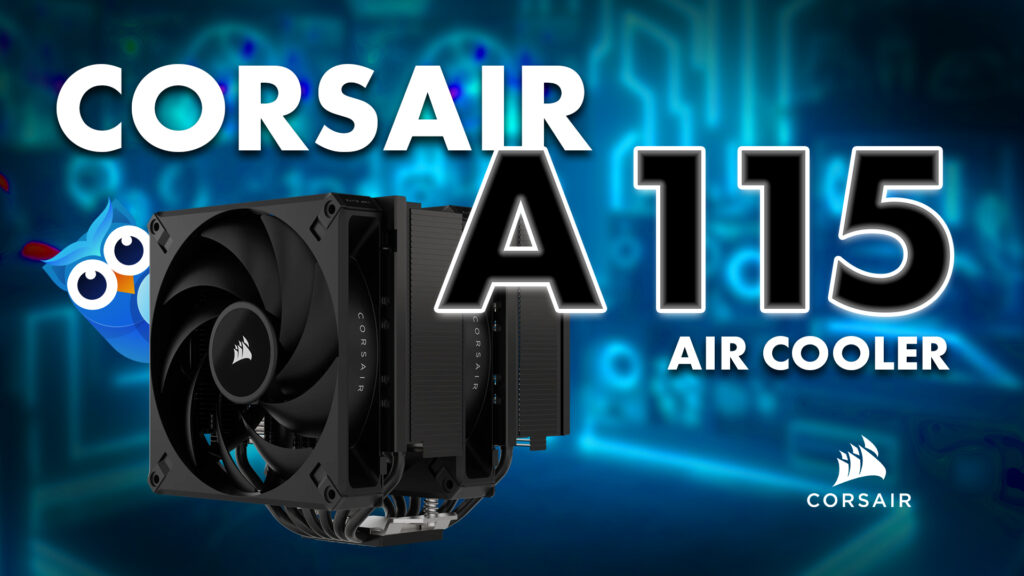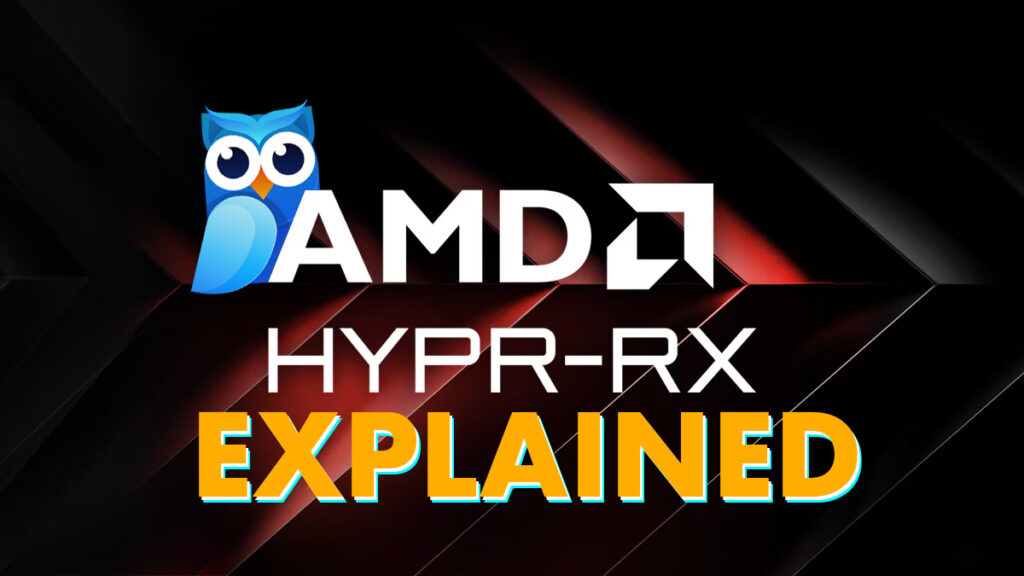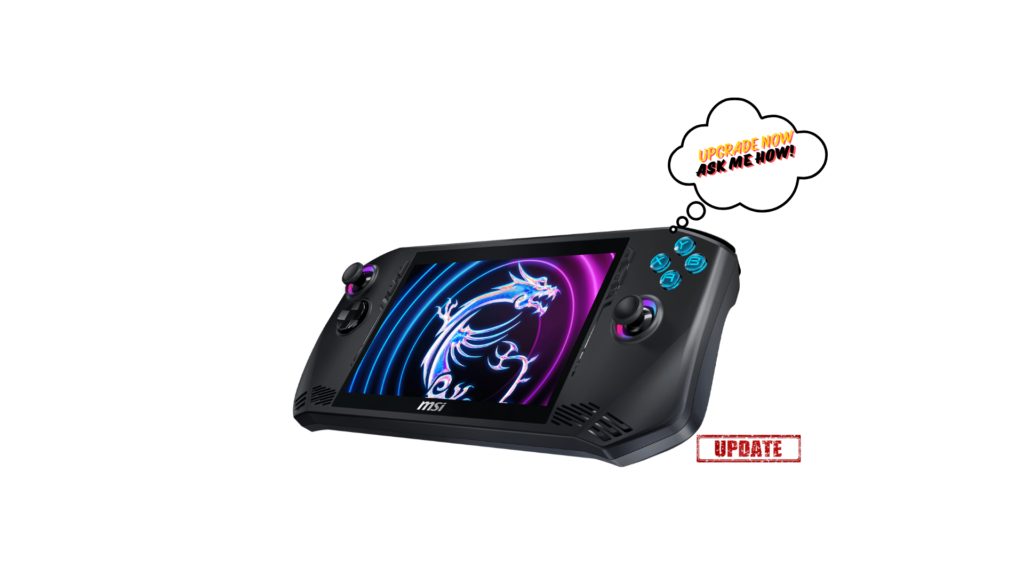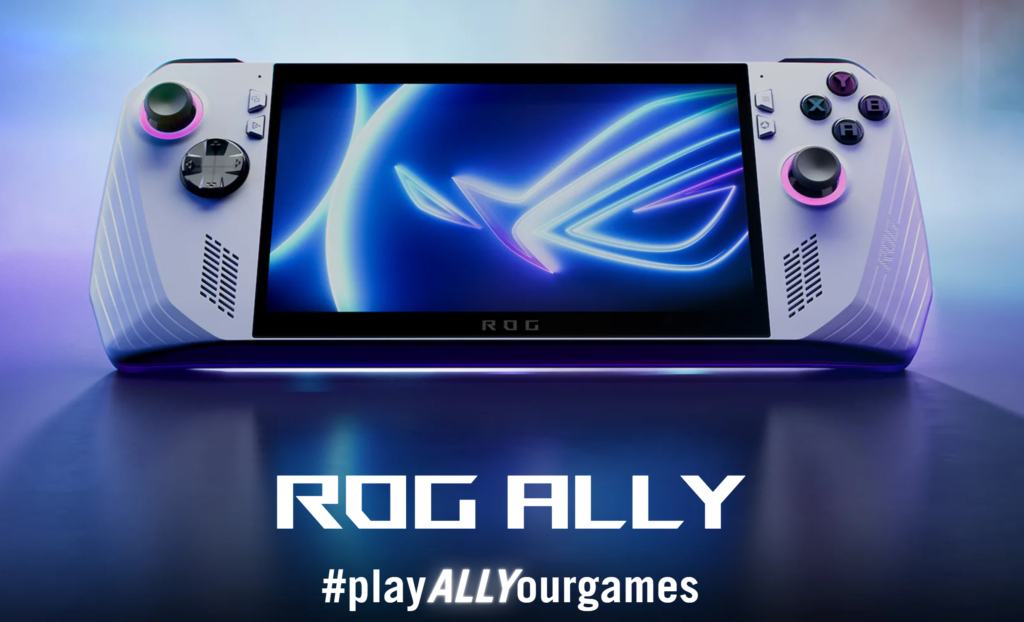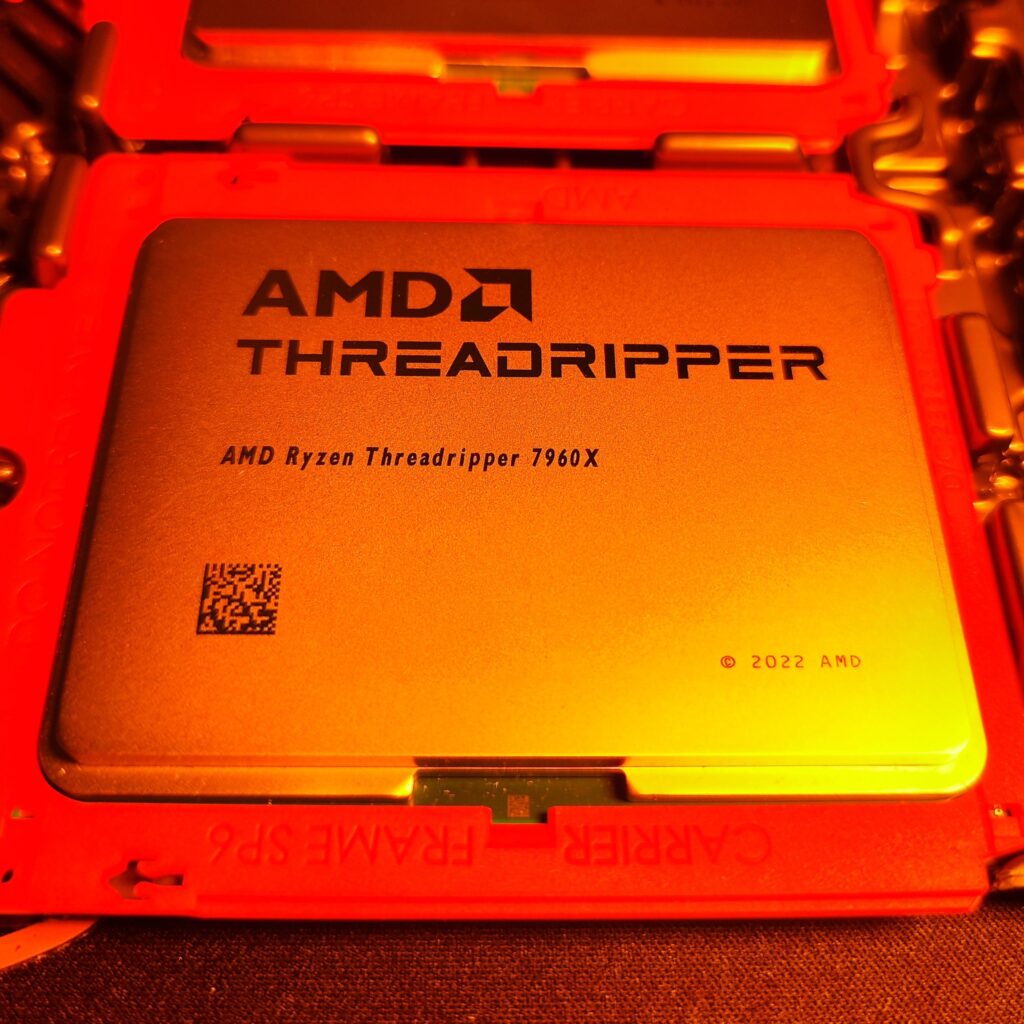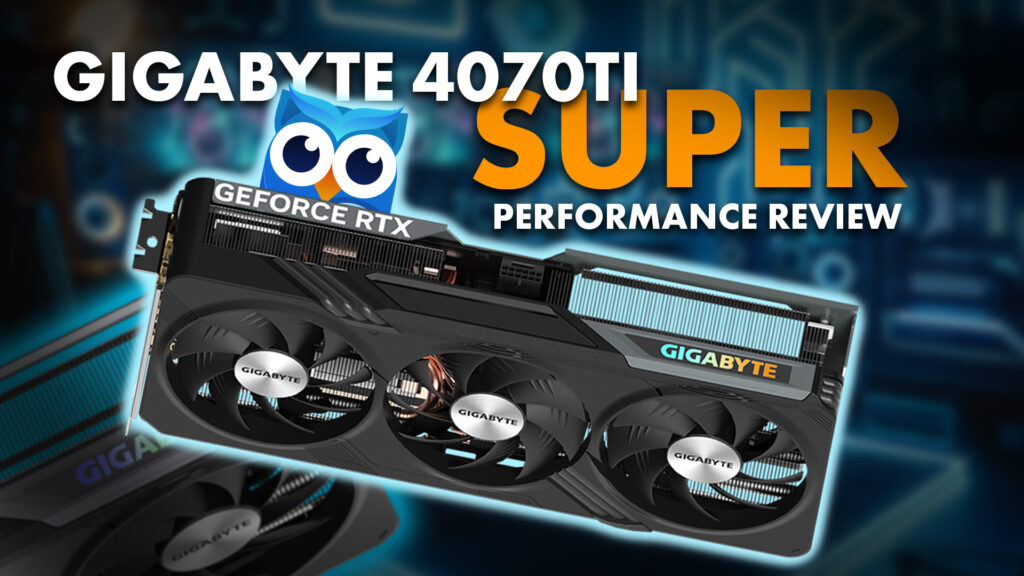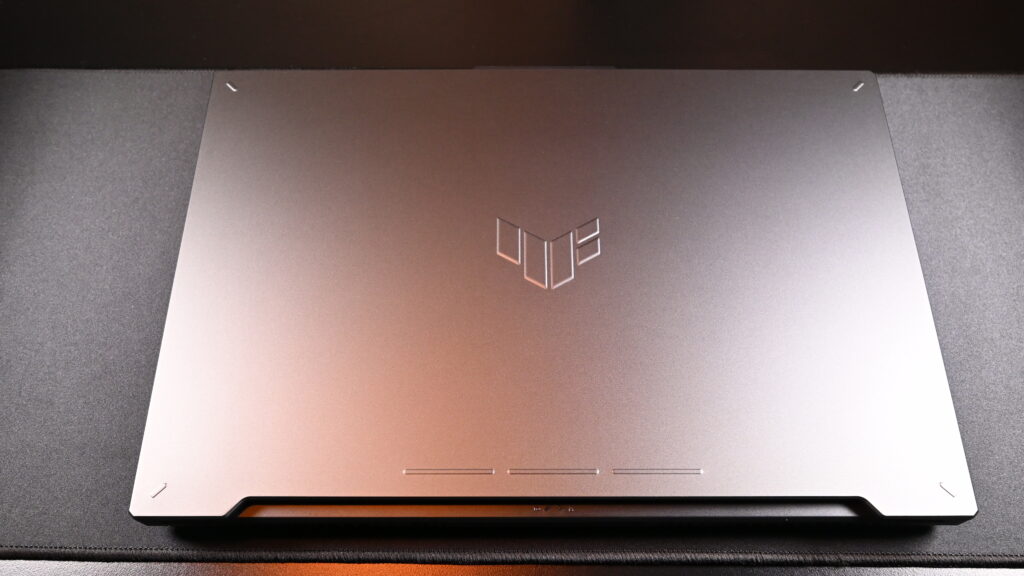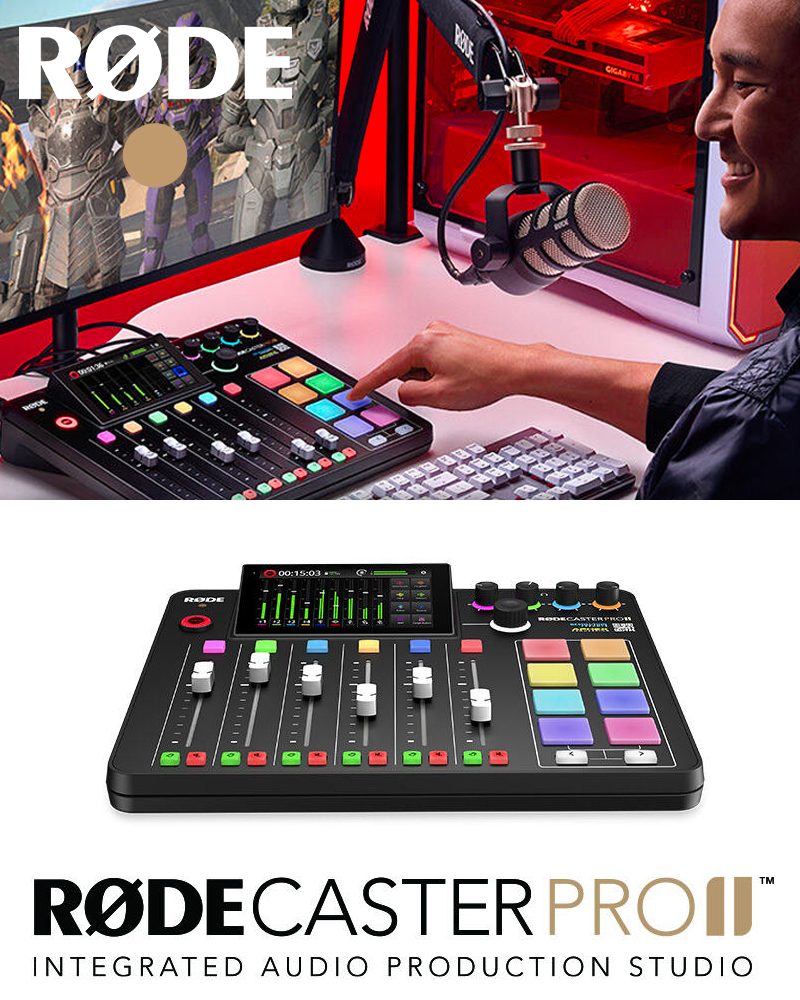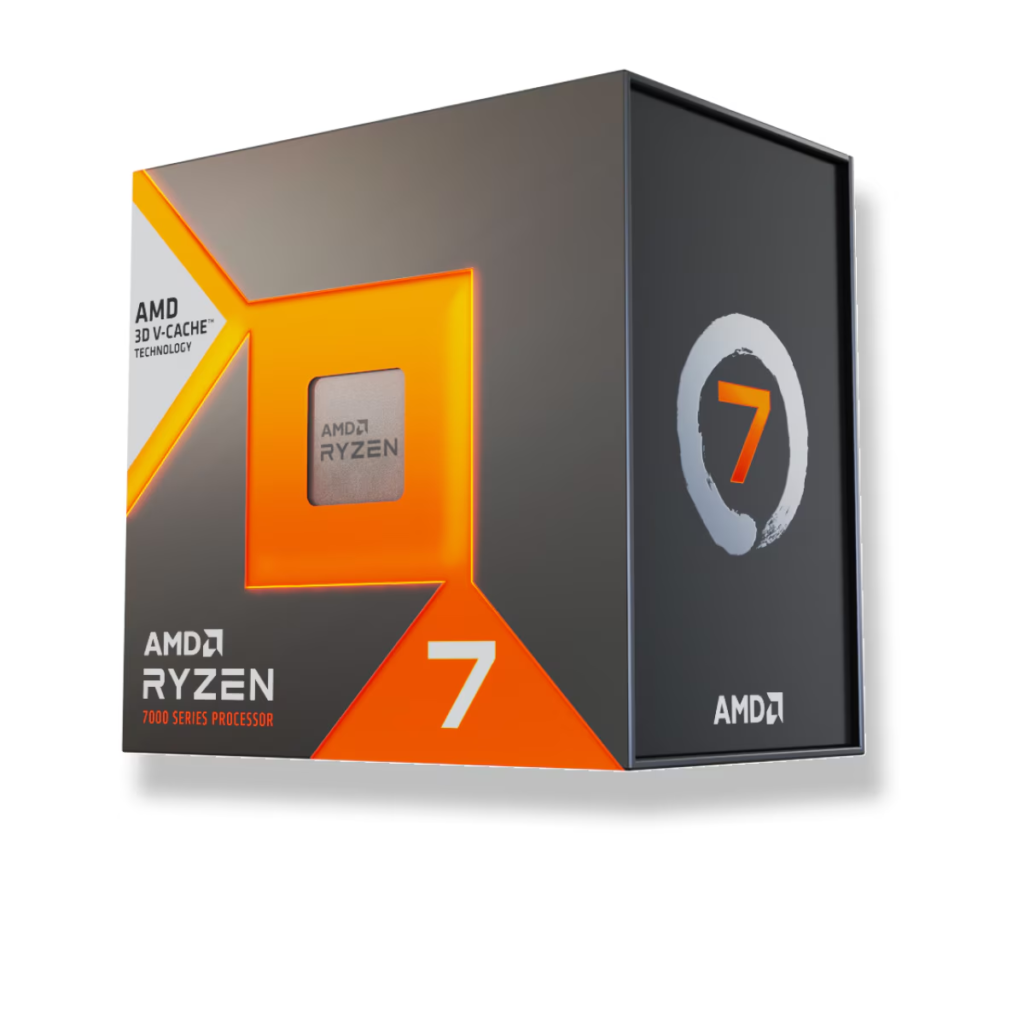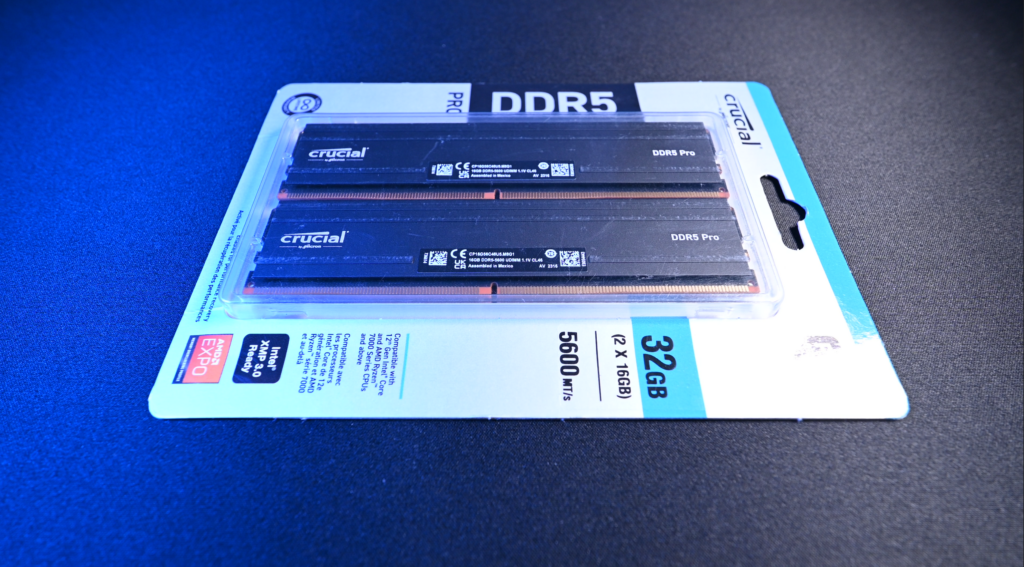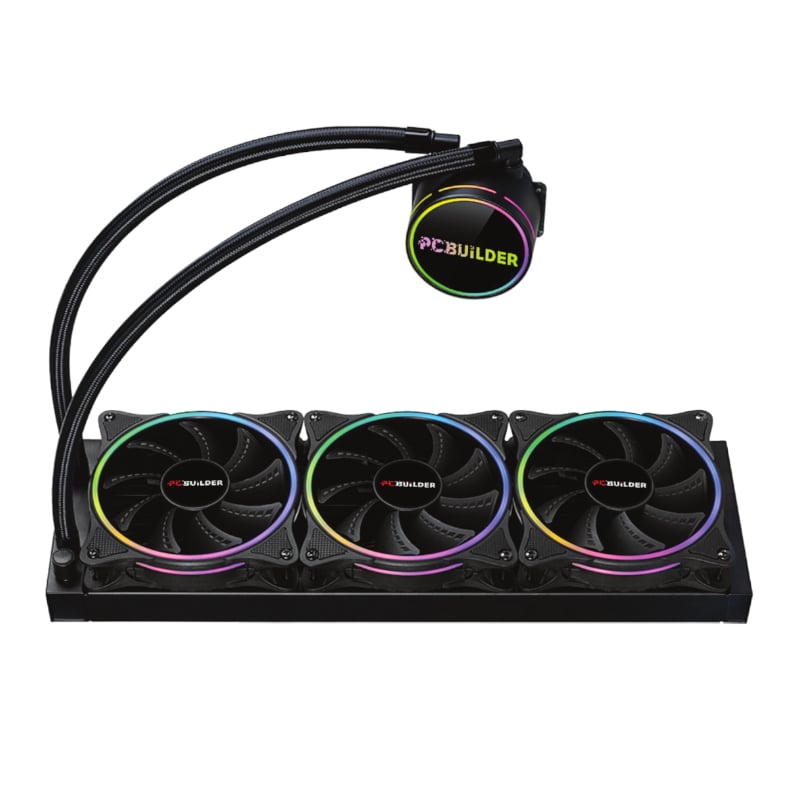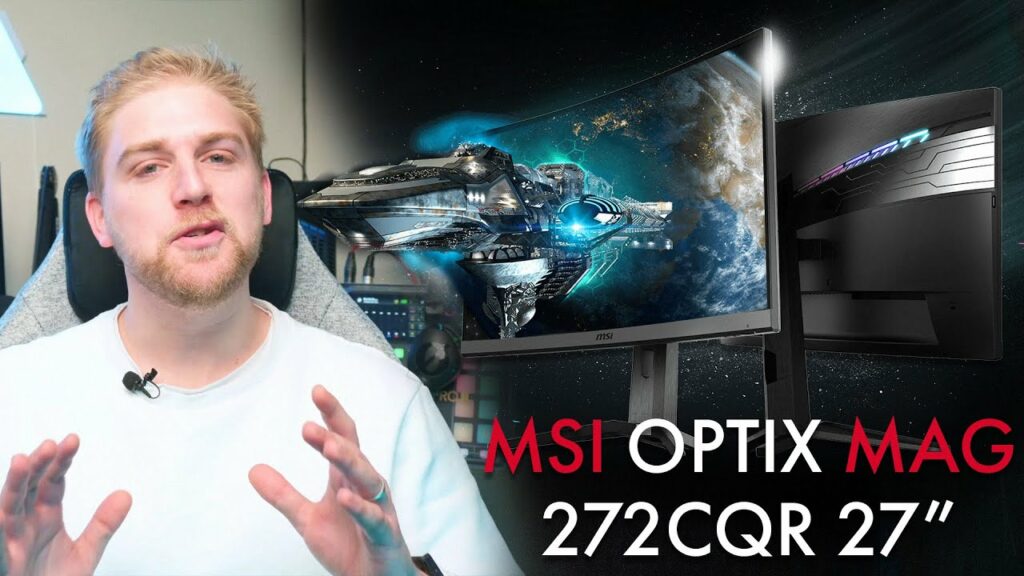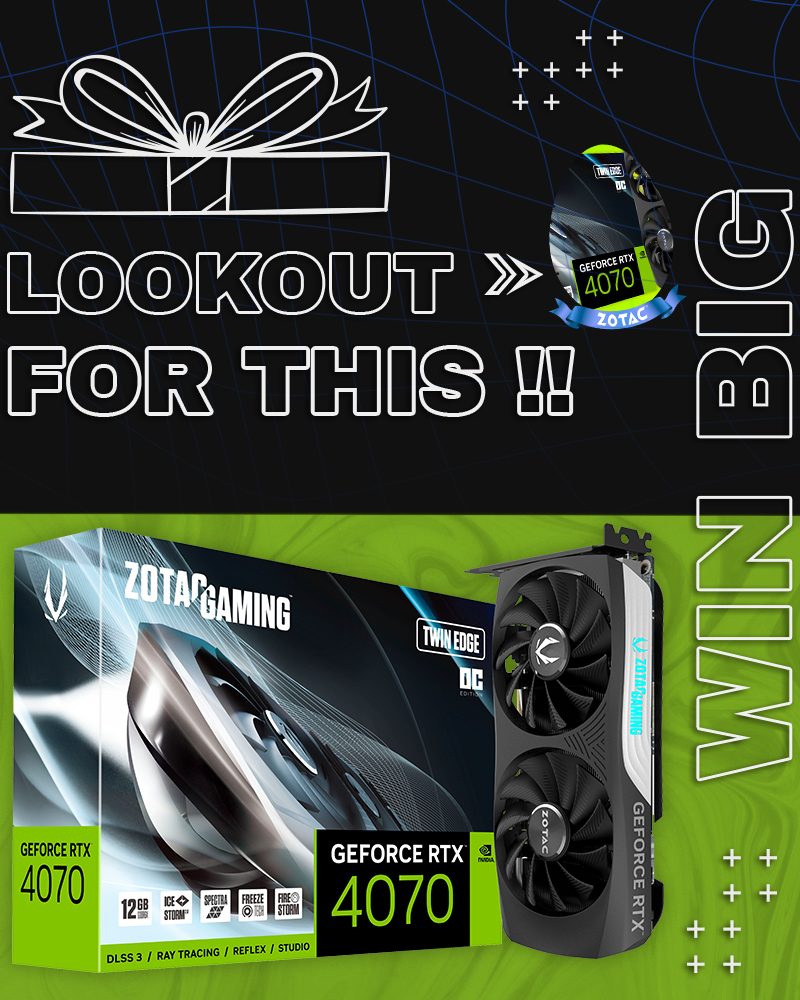Introduction:
Today we’re going to be looking at the ASRock a770, and this review is going to be a bit all over the place just like Intel on the a770, but just hold on.

A Slow Start for Intel’s A770:
Now, the question that you’re probably asking yourselves is why only now am I reviewing ARC? The reason is when Intel released this at first, it was a mosh pit of reviewers versus Intel and all the issues and bugs that were there, and I honestly didn’t want to be a part of it because I knew that it was going to improve with the drivers (well I had faith). Well, I had hoped that it would.
The Formula One Analogy:
The analogy that this was reminiscent of was Formula One. Intel had a Formula One car, but unfortunately, they put a sloth behind the wheel as the driver. So, in general terms, what Intel did was they said, “We’ve got this brand-new card; we are coming into the GPU Market thick and fast. Look at this; it’s going to be so cool!” People bought it, and it was a failure. Now, what is different (carrying on from the F1 example) is that Intel basically has a Haas, but now they’ve taken the sloth out and put in a different driver. Now, they’re starting to get results because the driver actually knows what they’re doing. But this driver is akin to Daniil Kvyat, who still has issues but can perform every now and again.
ASRock’s A770 – An AIB Partner:
Now, note that this is the ASRock card. It is not a reference card or the “unlimited” limited edition from Intel, the card I tested was the ASRock a770 8GB. In a bit of a technical term, it’s called an AIB (Add-In Board). Now, this means that ASRock is a partner of Intel whereby they can actually take the chip, install it on a PCB, and have their own cooling. Generally, you find with AIB partners, because of their experience, including that the cards are generally better. Unfortunately, I do like to make my own comparisons, and I do not have an Intel reference card, so I cannot actually make that deduction. But it did perform pretty well from what I could tell.
Performance Overview & Pricing:
This card has had wide coverage from its introduction until now. If you want to go and look at those facts and figures, you’re more than welcome to. But this read is a shortened version of what you could expect to find. As results will differ in various situations, setups, and applications, I took a general approach to this summary. Performance is definitely, game-dependent, or program-dependent in the results that you’re going to get from the a770. But I honestly feel that now with the new drivers, the a770 is definitely a hero for the people. It is a card that is affordable and does perform.
If you want to benchmark this against other cards, the best benchmark is that it performs a little bit less than a 3060Ti but better than a 6650 XT. Looking at the prices, even though I am South African, I am going to reference USD purely owing to the fact that at the time of writing, the ARC was not available in South Africa. The 3060 Ti is about $400 on NewEgg (depending on the brand), but this ASRock is about $309, so you’re saving $91 on a card that performs pretty much on par in some situations.
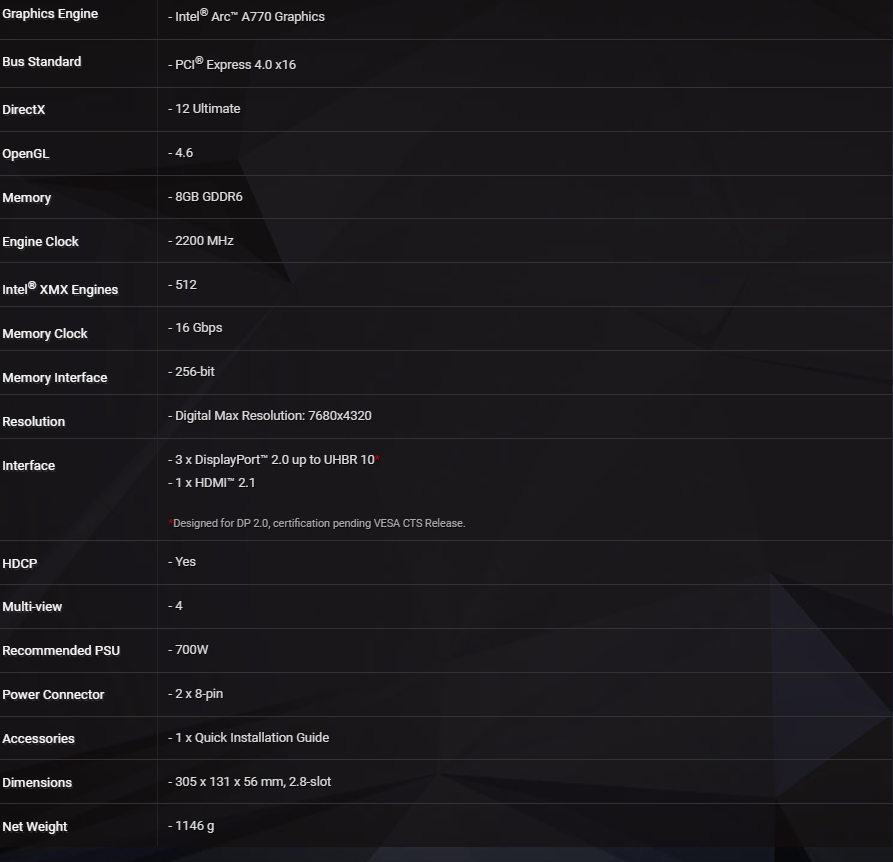
Design Variants:
The a770 benches slightly under the 3060 Ti and, above the 6650 XT from Radeon or AMD on average. On the design aspect, please note that there are differences in the a770 in that you get an 8-gigabyte and a 16-gigabyte version of this card. So please note that when drawing your own conclusions, however, my methodology was with the ARC a770 8GB.
Intel’s Commitment:
Looking at this card in isolation, the a770 8-gig version is a good purchase with the new driver updates. Intel has done a really good job of constantly updating and improving. So, yes, Intel does have a way to go, but they did show that they have the consumer’s best interest in constant and efficient driver updates. I will admit I was fearful that they would mothball the project straight after the launch. But Intel showed, “Okay, we’re going to invest time and resources into developers in order to actually fix the drivers.” And that showed that they were invested in not only the product but the consumer too.
A Hope for Continued Competition:
My biggest fear is that Intel will say, “Okay no more GPUs, that sucked”, but the signs are pointing to the fact they are sticking around. I think that team green and team red could use some re-energized competition. To conclude, the question that I always ask myself is if I needed a graphics card and I had that amount of money ($309), would I buy the a770? And the answer is yes. There are some issues that you will encounter in ReBAR, so make sure that your motherboard can support it. But I do believe that this is a good purchase. Depending on your situation, please evaluate this card on the games or programs you are going to run because it can sometimes be hit-and-miss. So please bear that in mind when making this purchase.
